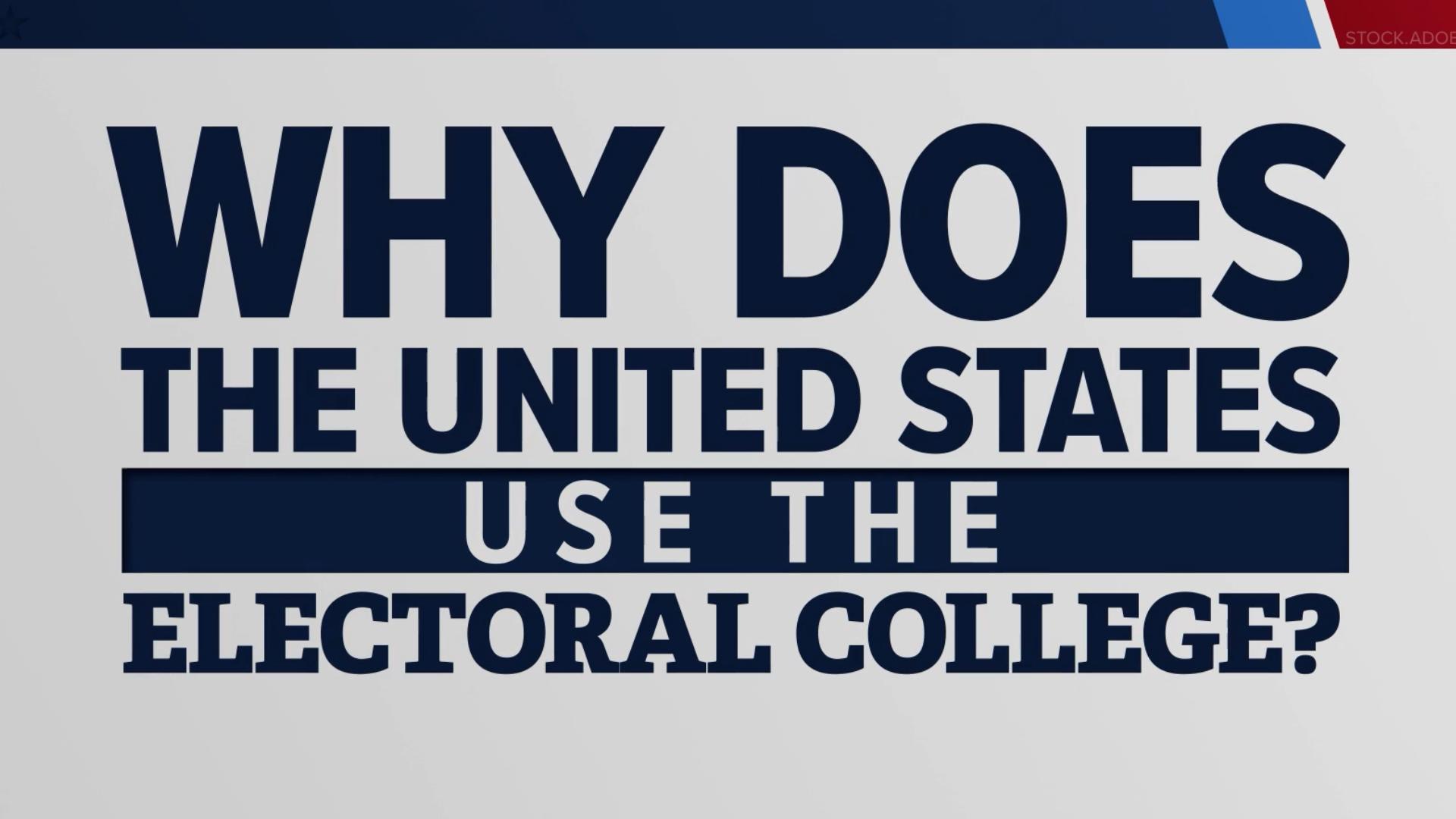WASHINGTON — Donald Trump has won the 2024 election, claiming the White House after sweeping a majority of the seven swing states that were key steps on either candidate's path to the White House.
Trump claimed victory Tuesday night as votes were still rolling in, and Vice President Kamala Harris has yet to publicly address supporters. Harris is expected to speak Wednesday morning.
Despite fears of a slow count ahead of Election Day, it took less than 12 hours after polls began closing on the East Coast for a winner to be declared.
Republicans also took control of the Senate Tuesday, and the House majority remains up in the air as the GOP looks for a governing trifecta in Washington.
--
It's unclear Wednesday morning what the final vote tallies will be in the presidential election, even after Donald Trump secured an Electoral College victory that will send him to the White House.
As of 8 a.m., Trump has 51% of the popular vote to Harris' 47%, with most states still counting at least some ballots. Trump secured 71,189,509 votes as of Wednesday morning, and that number is expected to rise throughout the day as more ballots are counted.
In the United States, the person elected president is not always the candidate that received the most total votes in an election.
The rare phenomenon – when a candidate has gained enough electoral votes to become the president but didn’t receive votes from a majority of Americans, is a quirk of the U.S. political system.
The Electoral College, which is made up of 538 people chosen to represent the will of the voters for each state, is assigned proportionally based on the representation each state has in Congress. But because U.S. populations aren’t directly tied to the Electoral College, smaller states can have an outsized impact on the electoral vote count.
There have only been five times in U.S. history where candidates have lost the popular vote but won the presidency – with the most recent being Trump’s 2016 victory over Hillary Clinton.
The presidents who won the Electoral College but lost the popular vote
1824: John Quincy Adams won the election after a contentious four-man race for the White House ended without a majority. Andrew Jackson won pluralities of both the popular vote and the Electoral College, but not a majority, sending the election to the House of Representatives. One of the candidates, Rep. Henry Clay, threw his support to Adams, sealing his victory. Adams then made Clay his secretary of state. Irate at this “corrupt bargain,” Jackson quit the Senate and ran again for president in 1828. That time, he won easily.
1876: Democrat Samuel Tilden beat Republican Rutherford B. Hayes by more than 200,000 votes. But he needed 185 Electoral College votes and got only 184 to Hayes’s 165; 20 votes in Florida, Louisiana, Oregon and South Carolina were contested. Congress set up a commission composed of representatives of both parties to decide the winner; on March 2, three days before the inauguration, they chose Hayes — a compromise the Democrats agreed to in exchange for a promise to pull federal troops from the South, ending Reconstruction.
1888: This campaign was riddled with corruption, including charges that votes were bought and Black votes suppressed. It ended with Democratic President Grover Cleveland winning the popular vote by more than 90,000 votes over Republican Benjamin Harrison, but losing the electoral vote 233 to 168. Cleveland would take back the office in the next presidential election, becoming the first president to serve non-consecutive terms. If Trump wins, he would be the second.
2000: Republican George W. Bush lost the popular vote to Democrat Al Gore by more than 500,000 votes. But the Electoral College vote was tight, with the decisive votes coming from Florida, where a recount devolved into disputes over the markings on individual ballots. On Dec. 12, the U.S. Supreme Court stopped the recount with Bush ahead in Florida, giving the election to the former Texas governor. Bush won 271 electoral votes, Gore 266.
2016: Trump won the Electoral College, 304 electoral votes to Hillary Clinton’s 227 — but lost the popular count by 2.8 million votes. Though the electorate has grown over the years, Trump lost the popular vote by a greater margin than anyone ever elected president.
The Associated Press contributed to this report.

